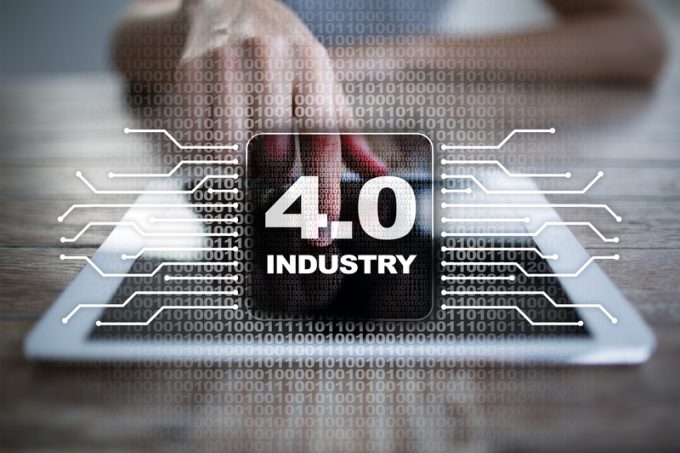Mexico's transcontinental corridor – a threat to Panama?
TIC-tock for the Canal

3PLs could see higher profit margins from the manufacturing sector this year – but while this will be a consequence of a shift in manufacturing strategies, providers will need to adapt quickly to the changes.
A white paper published recently by transport management company Cerasis suggests that more ...


Comment on this article